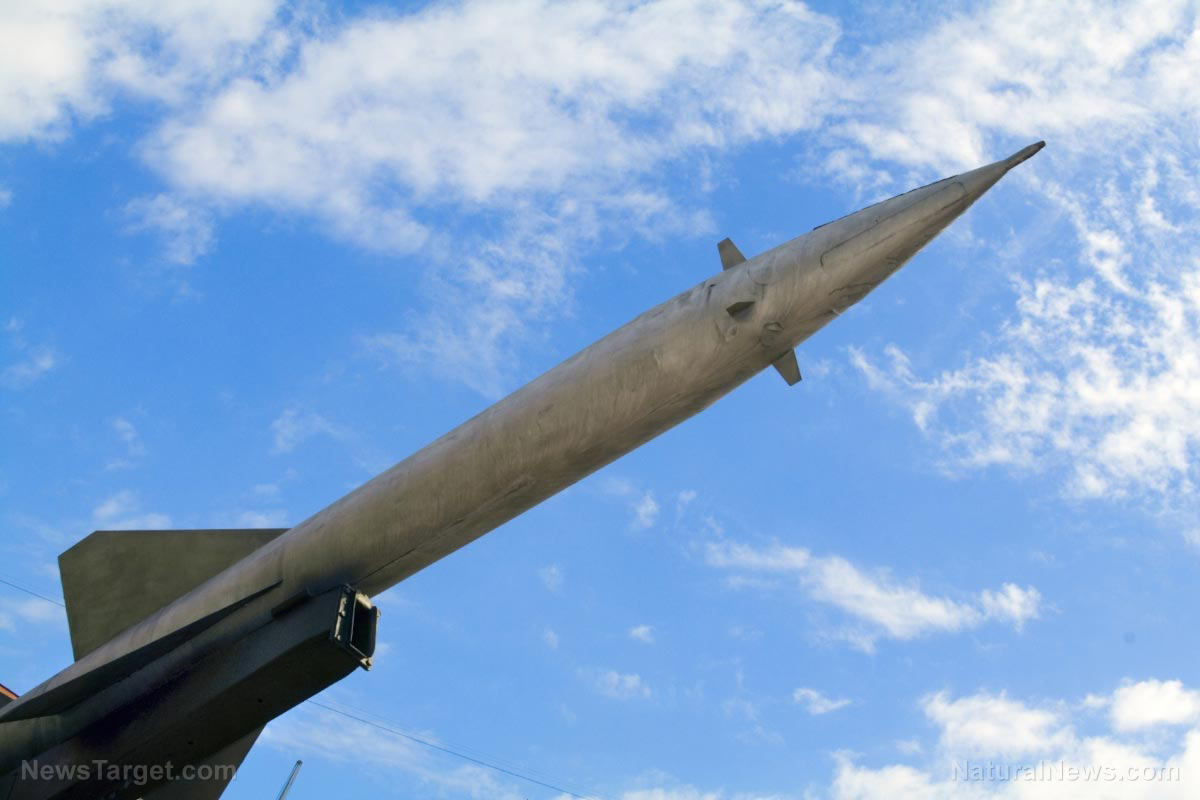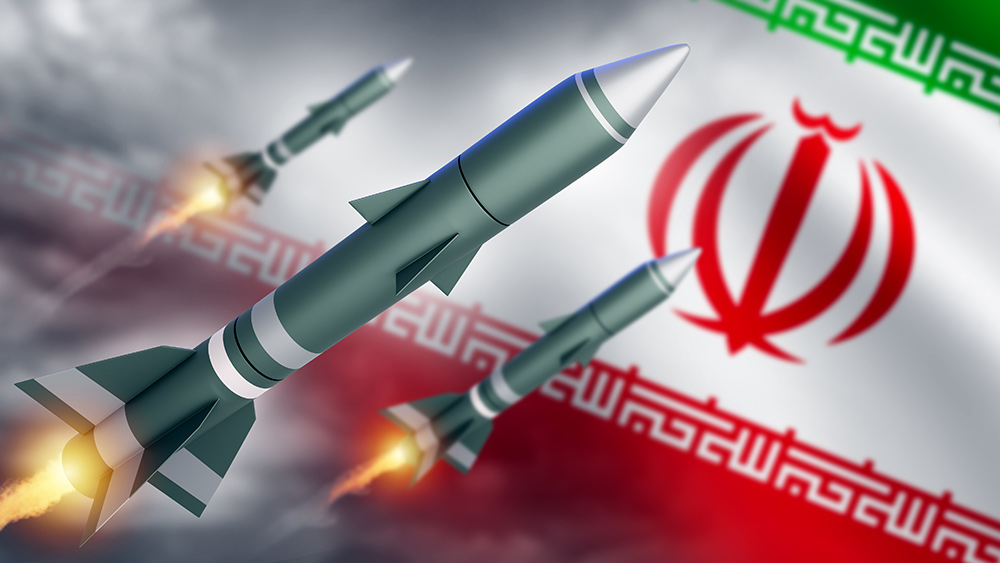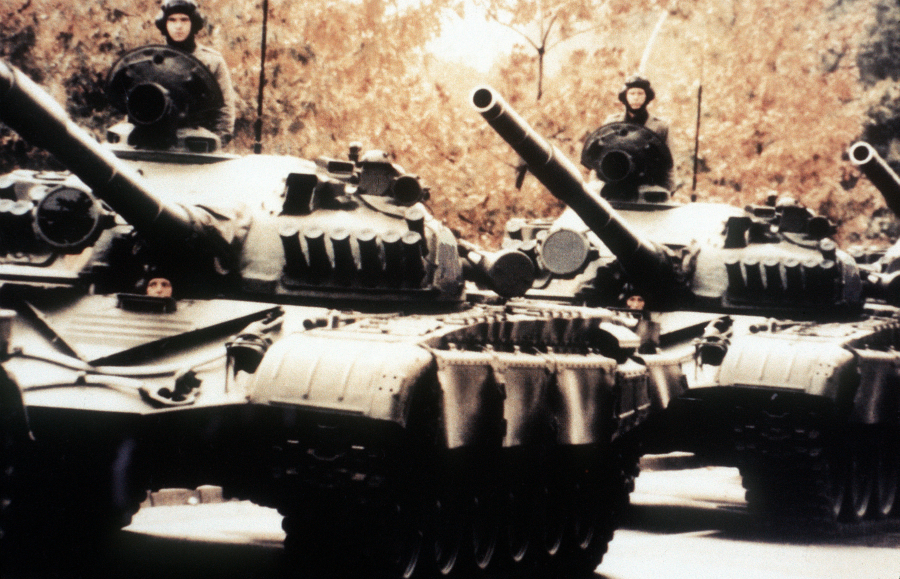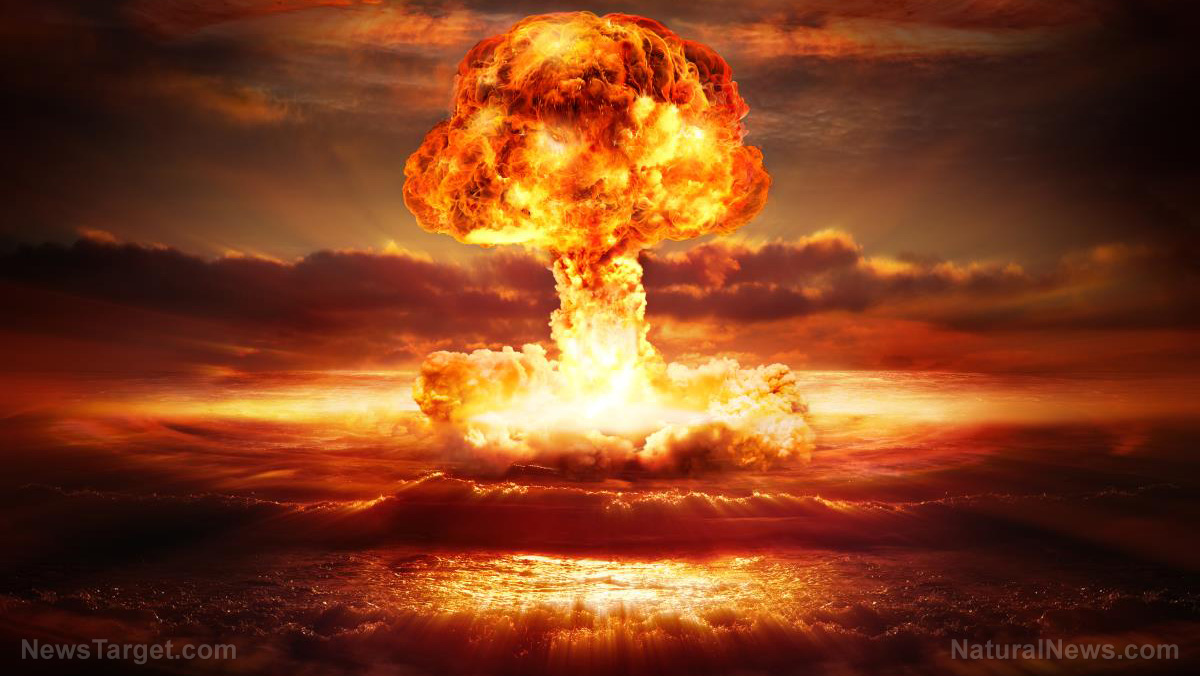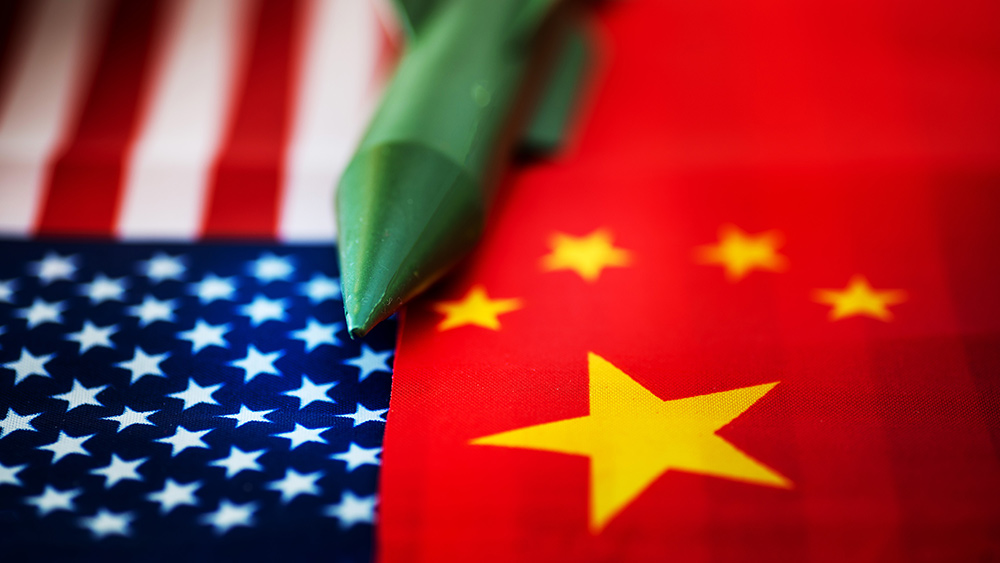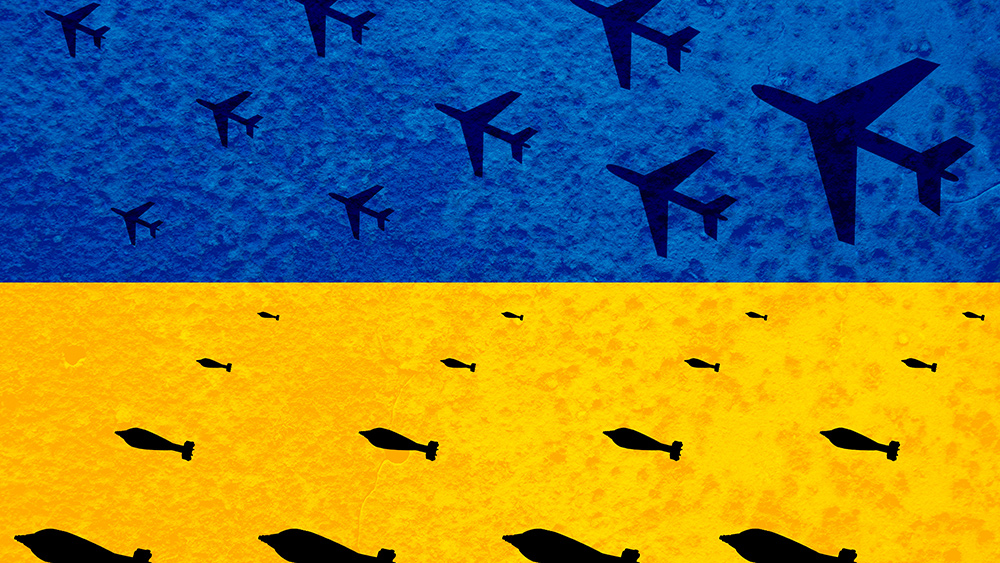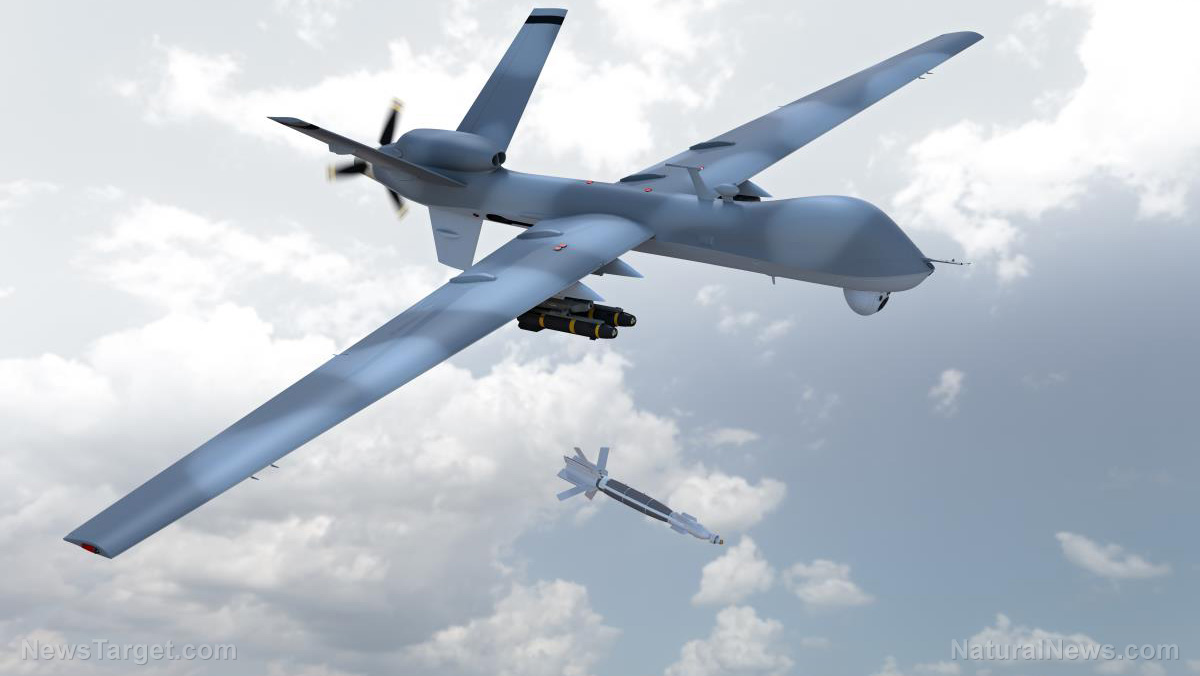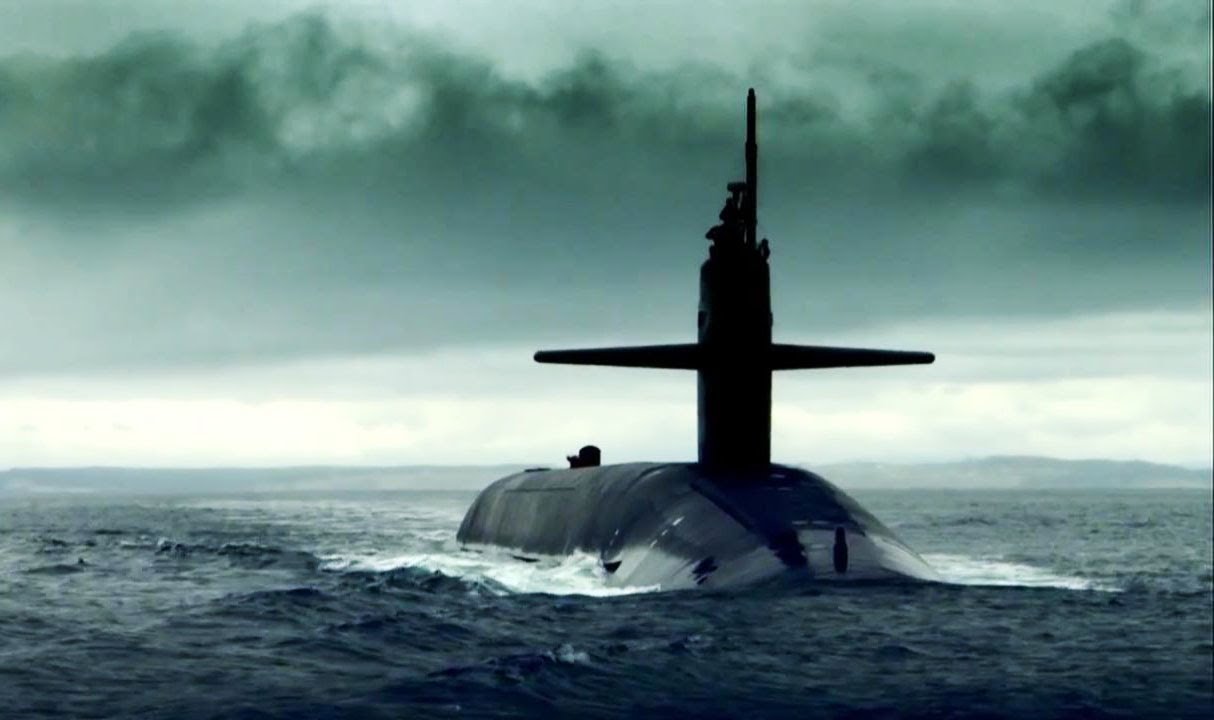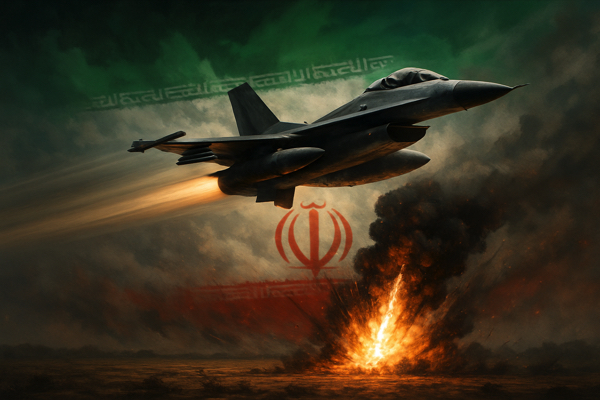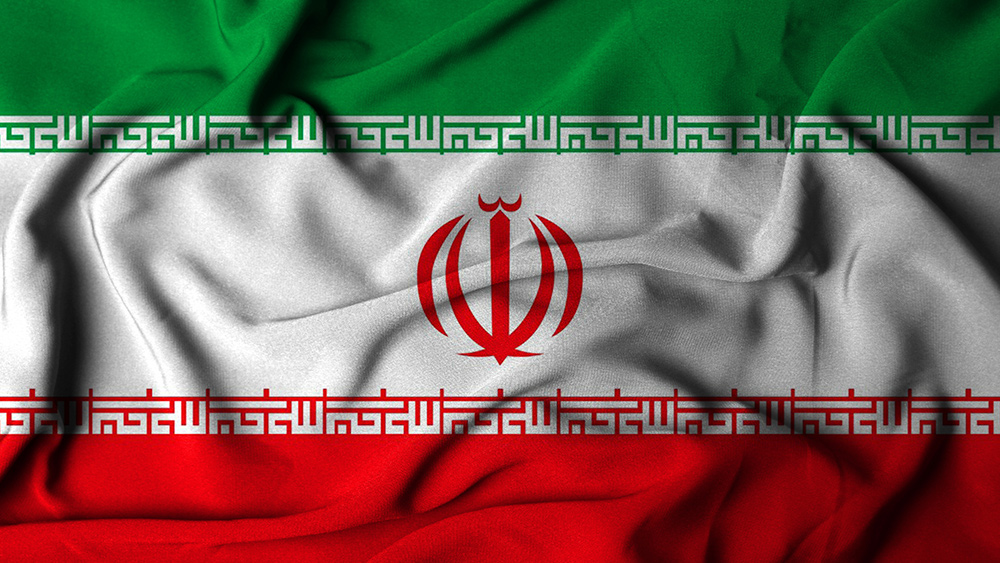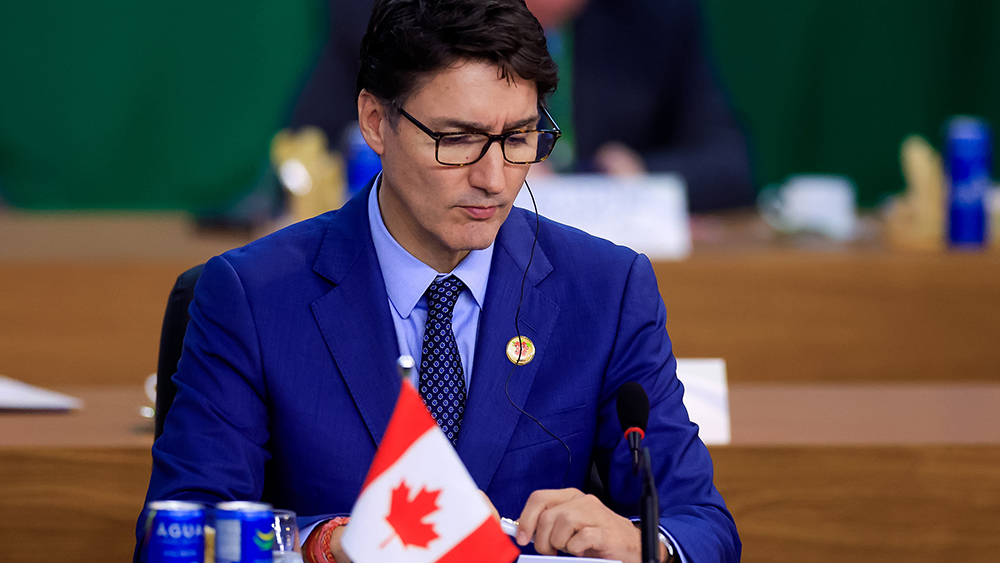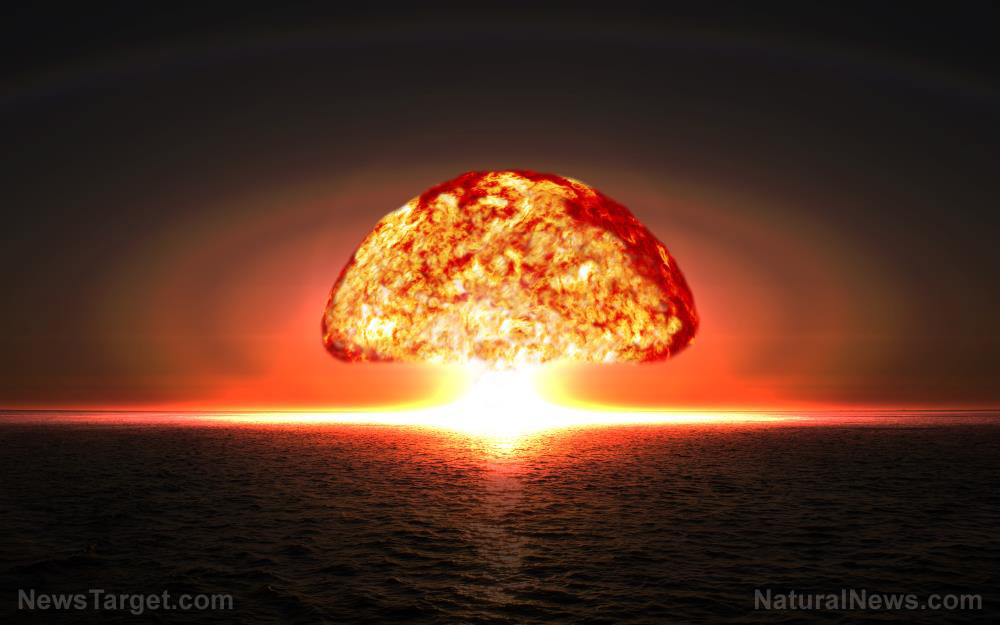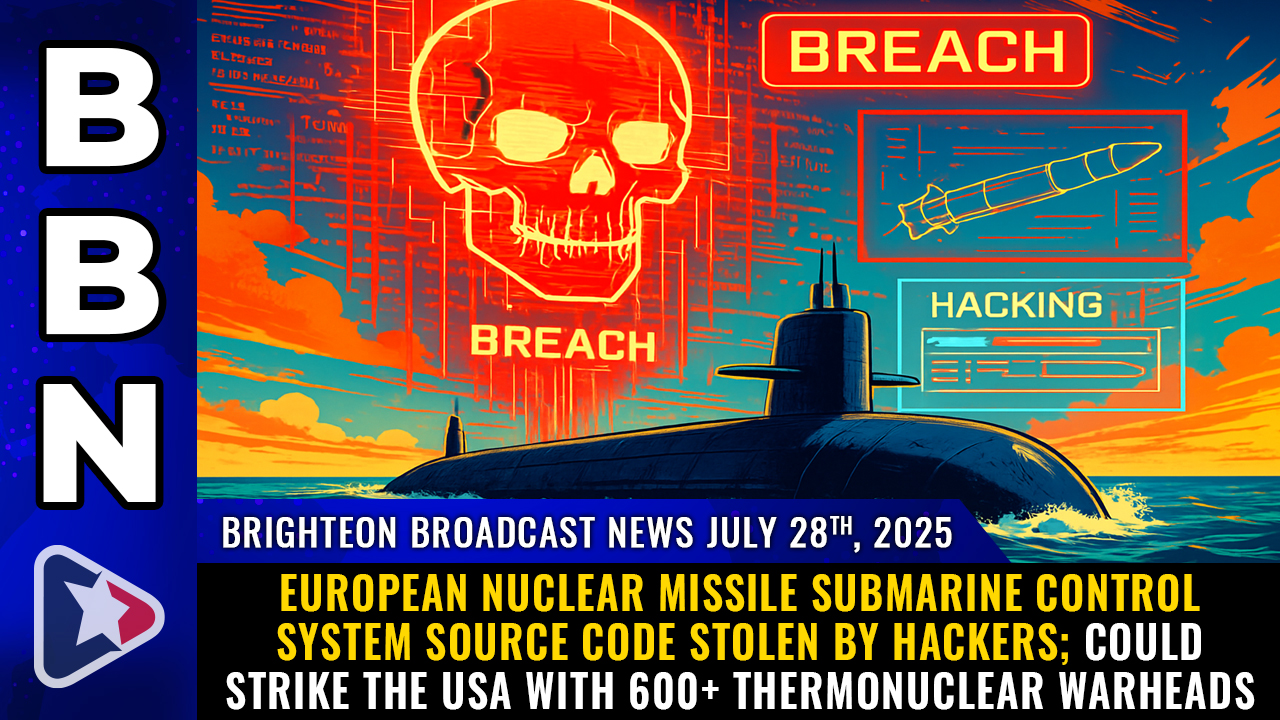PURE INSANITY: Trump says Washington “prepared” for potential nuclear war with Russia
08/04/2025 / By Ramon Tomey
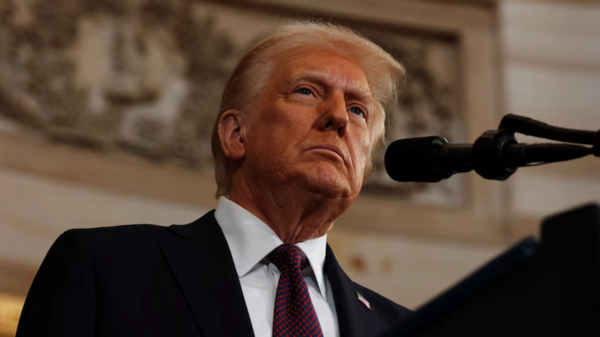
- U.S. President Donald Trump declared Washington’s readiness for nuclear war with Russia and deployed two nuclear submarines near Russian territory, calling it a precautionary measure.
- Former Russian President Dmitry Medvedev invoked Russia’s Perimetr system (“Dead Hand”) – a Soviet-era automated nuclear retaliation mechanism – warning of its dangers after Trump mocked Russia’s economy.
- The confrontation began when Trump demanded a Ukraine ceasefire within 10 days, which Russia ignored – prompting Medvedev’s social media retaliation and Trump’s submarine deployment.
- Analysts compare the exchange to past Soviet-U.S. nuclear brinkmanship, noting that automated systems like Perimetr reduce hesitation but increase risks of catastrophic miscalculation.
- Both leaders’ aggressive rhetoric – amplified by social media heightens tensions, with experts warning that erratic declarations undermine deterrence credibility and escalate real-world risks.
In a dramatic escalation of geopolitical tensions, U.S. President Donald Trump has reiterated that Washington is “prepared” for nuclear war with Moscow – even sending two nuclear submarines near Russia.
Trump made the announcement on Friday, Aug. 1, during a White House press conference. Earlier that day, he ordered the deployment of the submarines to “appropriate regions” near Russia. The real estate mogul’s announcement followed inflammatory remarks by former Russian President Dmitry Medvedev posted on social media Thursday, July 31.
Medvedev, currently the deputy chairman of the Russian Security Council, invoked Russia’s fabled “Dead Hand” nuclear system. “Let him remember…how dangerous the fabled ‘Dead Hand’ can be,” the Russian official wrote Thursday, in response to Trump’s mockery of the Russian and Indian economies as “dead.”
The Dead Hand system pertains to the autonomous Perimetr doomsday system from the Soviet era designed to launch nuclear strikes automatically if the country’s leadership is decimated. U.S. analysts believe that the system, rumored to remain operational in Russia, exists as a final deterrent against a decapitating first strike. (Related: Russia’s “Dead Hand” nuclear defense system can autonomously send out hundreds of nukes even after the country endures a nuclear first strike.)
Trump: “When you talk about nuclear, we have to be prepared”
Trump called Medvedev’s statement “foolish and inflammatory” during the press conference. He later told reporters: “When you talk about nuclear, we have to be prepared.”
The confrontation began earlier this week after Trump dismissed Russia’s energy alliance with India and warned Moscow it had “10 days” to agree to a Ukraine ceasefire – a demand Russia ignored. Medvedev fired back on social media, prompting Trump’s retaliatory submarine order. Neither the U.S. Department of Defense nor the White House provided operational details, as nuclear submarine movements are classified.
Historical context underscores the gravity of the exchange. Medvedev’s allusion to it echoes past Soviet nuclear posturing, while Trump’s deployment mirrors show-of-force strategies from the Cuban Missile Crisis era. Analysts caution that while automated systems like Perimetr reduce the risk of leadership hesitation, they also elevate catastrophic miscalculation risks.
Trump’s decision, framed as protective, draws skepticism. His vague reference to “appropriate regions” leaves room for doubt, while Medvedev himself dismissed the real estate mogul’s threats as “nervous rhetoric.” Experts note that nuclear deterrence relies on credibility, and erratic declarations complicate strategic stability.
This clash marks another flashpoint in deteriorating U.S.-Russia relations since Ukraine’s invasion. As Cold War ghosts resurface, the episode underscores how quickly words – amplified by social media – can spiral into real-world danger.
Visit Nuclear.news for more similar stories.
Watch Alex Jones of InfoWars discussing President Trump’s order to move U.S. nuclear submarines near Russia in this clip.
This video is from the Rick Langley channel on Brighteon.com.
More related stories:
Former Russian President Medvedev warns of nuclear “apocalypse” if NATO attacks.
Sources include:
Submit a correction >>
Tagged Under:
chaos, dangerous, Dead Hand, deployment, Donald Trump, escalation, mutually assured destruction, national security, nuclear, nuclear strike, nuclear submarine, nuclear war, provocation, Russia, Russia-Ukraine war, United States, White House, WWIII
This article may contain statements that reflect the opinion of the author
RECENT NEWS & ARTICLES
COPYRIGHT © 2018 MILITARYTECHNOLOGY.NEWS
All content posted on this site is protected under Free Speech. MilitaryTechnology.news is not responsible for content written by contributing authors. The information on this site is provided for educational and entertainment purposes only. It is not intended as a substitute for professional advice of any kind. MilitaryTechnology.news assumes no responsibility for the use or misuse of this material. All trademarks, registered trademarks and service marks mentioned on this site are the property of their respective owners.

